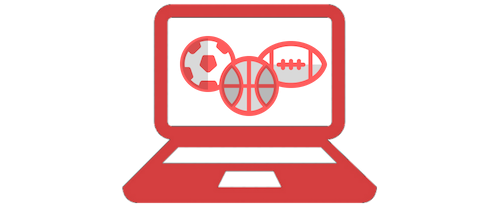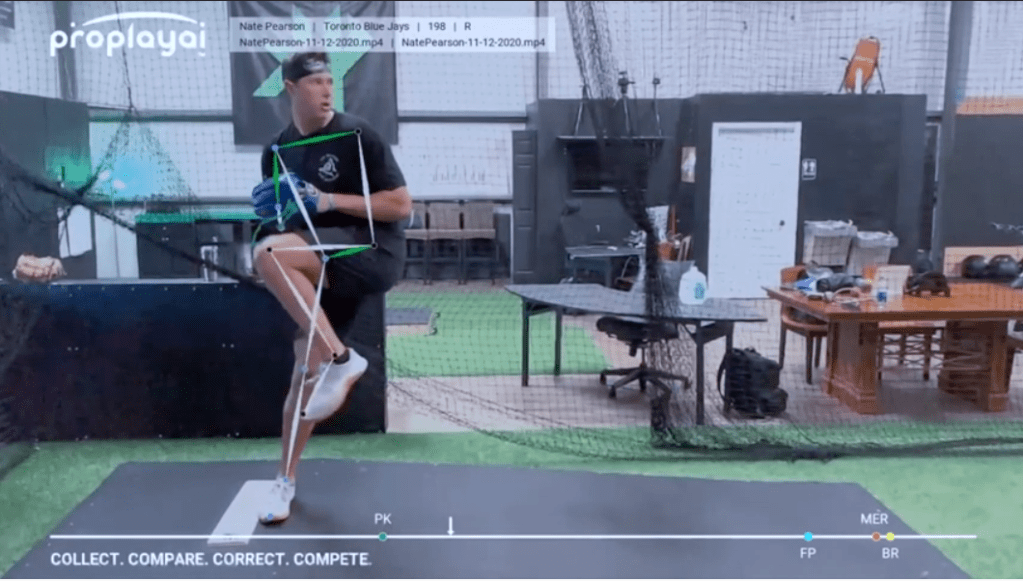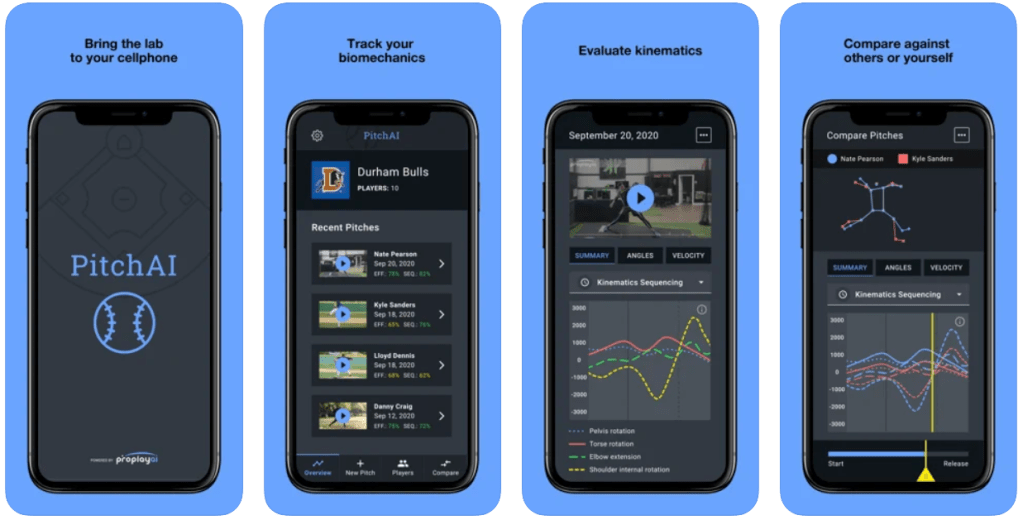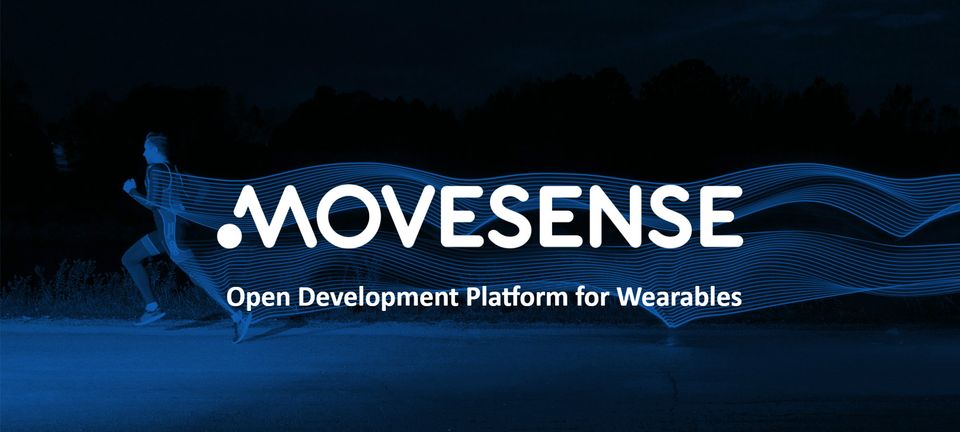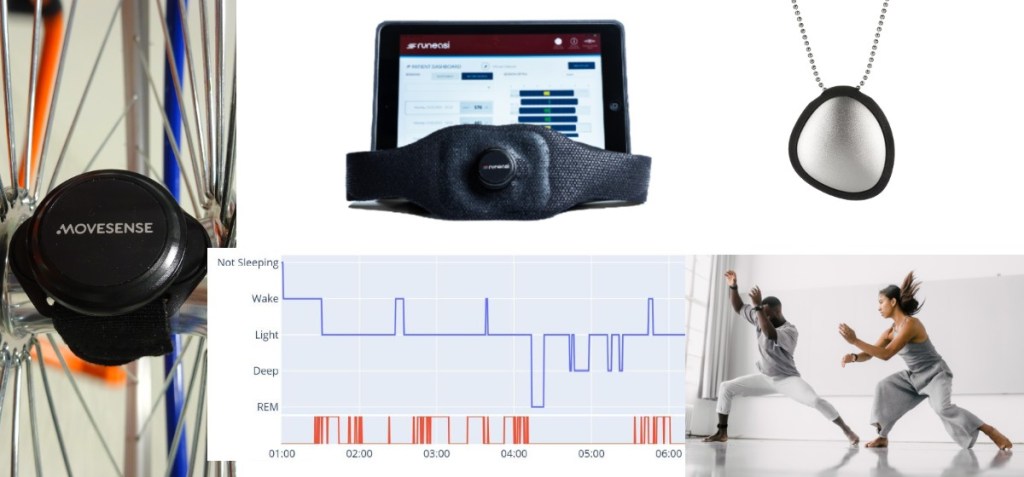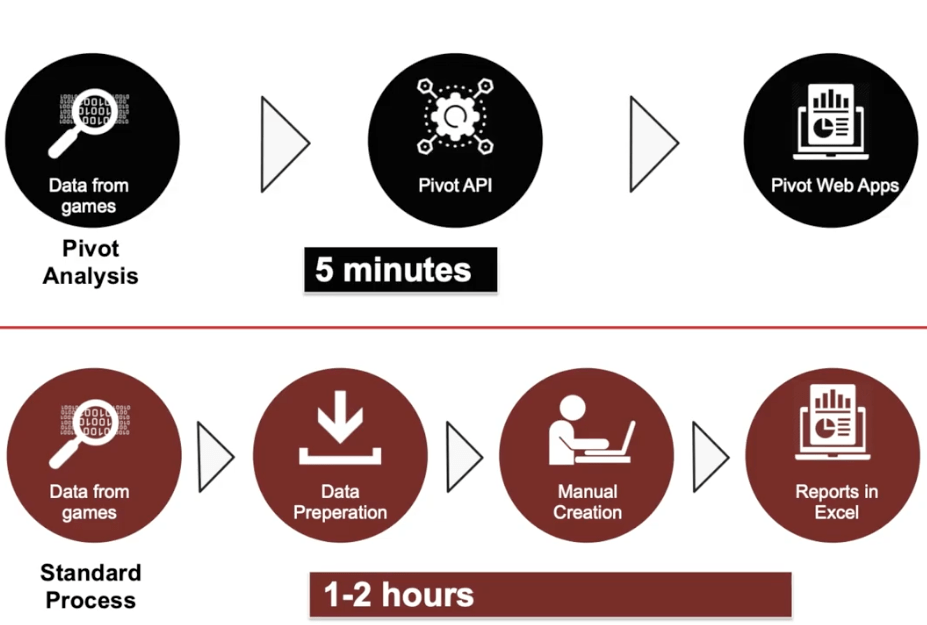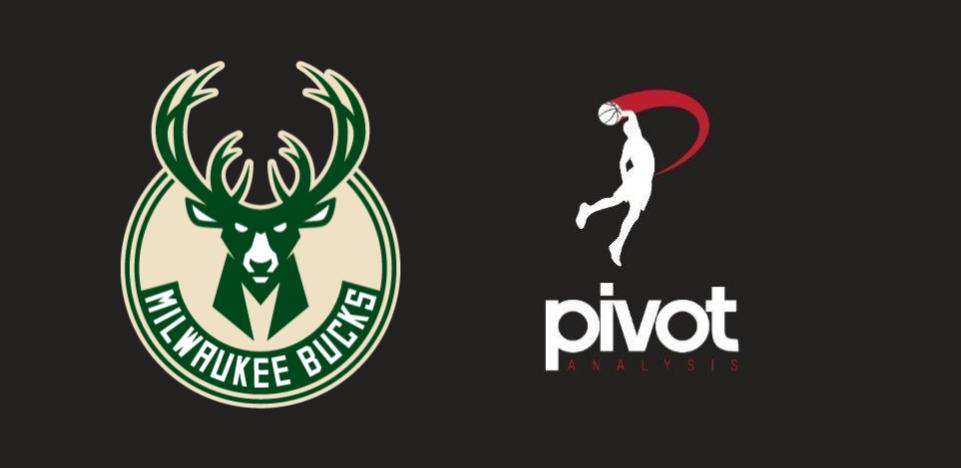Howdy and welcome to the very first edition of our Sports Technology Blog shoutouts for 2022 (Uno Numero). As we start off 2022, there is a slight sense of hopefulness that the world is slowly moving forward from the pandemic [fingers crossed]. We might have been hit hard for the past two years but we just need to keep pushing forward. One recent sports event that showcased this ‘fighting spirit’ was the Australian Open. If anyone watched the men’s and women’s singles finals this year, they would have noticed that both the men’s and women’s winners (Rafael Nadal and Ash Barty) had pretty impressive comebacks. For Rafa, it was coming back from two sets down while Ash was 1-5 down in her second set and slowly climbed her way back to a victory. So let that be an inspiration for us all, that no matter what loss we have suffered in 2020 or 2021, we can make a come back in 2022.
Now onto our shoutouts. In this edition, we cover tech in a number of different sports. We have baseball, wheelchair sports, running, football (soccer) and basketball. We talk about wearable sensors, tracking with smartphone cameras and data analytics. Let’s go!
ProPlayAI Is Using The SmartPhone Camera To Capture Biomechanical Data Of Baseball Players
Using a SmartPhone camera to analyse movement and biomechanics of an athlete is becoming more and more common in the last few years. One application we learned about recently is ProPlayAI‘s solution for capturing and analysing biomechanical data of baseball players. With their pitching analysis app – PitchAI, players can use a smartphone to capture their pitching, upload the footage and a biomechanics report gets generated. From there, players can rely on the report to identify areas where they can improve, compare it with their last season performance or run a 3D overlay comparison with another player. These reports can be shared with their coaches or trainers so they can customise a training plan based on the data or they could even be shared with scouts.
More recently, ProPlayAI has partnered with Propel Sports Tech to make this app accessible in Australia and New Zealand and promote the use of this portable biomechanics tool. This could potentially help grow the sport in the region by increasing awareness of the technicalities of baseball as well as improving the development of players while reducing risks of injuries. Going forward, ProPlayAI is planning to release other solutions including one that analyses swings and hits. They recently unveiled their beta version of their hitAI app at the ABCA 2022 convention. Baseball players and coaches in Australia or New Zealand should check out Propel Sports Tech to find out more. In the meantime, do have a look at the PitchAI App demo below:
Movesense Continues To Support Researchers & Startups In Various Sensor Applications
Movesense started off as an internal concept project within Suunto back in 2015 and released their first beta versions of their Movesense sensors (IMU + HR sensor) to developers sometime in 2017. Developers who signed up for the beta program had access to the hardware (Movesense sensor), the sensor code, as well as the software libraries for developing mobile applications (iOS and Android). Since then, they have started an Academic Program where they support scientists and researchers who are making use of IMUs in their studies. One important criteria is: there has to be potential for commercial applications. Besides that, lots of different sports and health startups have relied on Movesense for their wearable product development.
Earlier this year, Movesense shared their top 5 projects in 2021 and we felt it is worth resharing it here. They range from sports training applications to health monitoring and even music performance. These five projects were a good mix of academic research and startups that went through crowdfunding. They include:
- Wheelpower – Training Tool for Wheelchair Athletes; this was an outcome from the Academic Program, a research project conducted by Delft University of Technology and the Dutch wheelchair basketball team. The Movesense sensors were used to measure mobility performance in wheelchair sports.
- SOMI-1 Makes Music via Movement; this is an interactive wearable sensor kit that creates music as the person wearing it moves and dances. They were funded successfully on Kickstarter.
- Awario Gem – Jewelry for Detecting Atrial Fibrillation; this is a smart necklace that contains a Movesense Medical sensor to indentify the four most common arrhythmias.
- Neurobit Monitors Sleep Stages; another project from the Academic Program where they used a Movesense sensor and their proprietory algorithm to detect sleep apnea.
- RunEasi Provides Individual Running Insights; this is a wearable for analysing running biomechanics and it has been validated through research at KU Leuven.
It is great to see so many innovative developments that evolved through the use of Movesense sensors. I guess it makes sense that Movesense became an independent company as they have clearly created a market of their own. If anyone is keen on starting a sensor project but do not want to go through the hassle of building a product from scratch, they should definitely consider trying out Movesense. In the meantime, check out how RunEasi is used to help a runner recover from overuse injury and prepare for a marathon:
Footbar Created The Meteor To Provide Football Players With More Relevant Stats
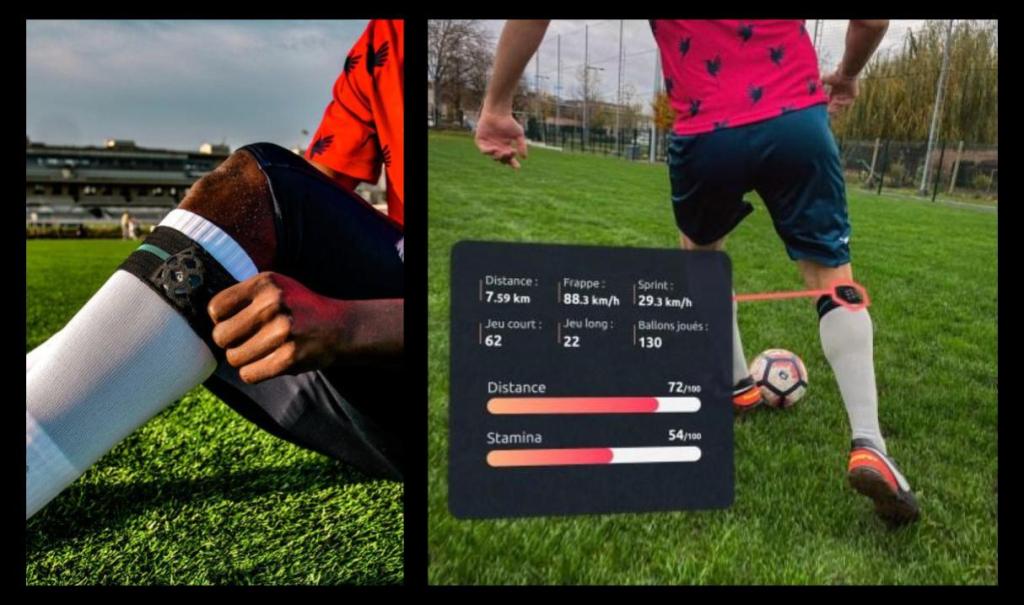
Footbar is a French sports tech company that developed a wearable sensor for football (soccer) players. Their goal is to create a new experience for football players, combining the fun aspects of gaming (think FIFA video game) and traditional football practice. They recognise that there are GPS sensors that players/teams can use to track their performance during a game but at the same time, there are certain stats that cannot be obtained with GPS sensors worn on the vests. For example number of kicks, number of shots, speed of the kicks and more accurate tracking of sprints etc. So Footbar created the Meteor sensor – an IMU sensor that can be worn on a player’s main striking leg, specifically at the upper calf position or just below the knee.
The placement of the sensor is critical because the algorithms are designed to work optimally that way. After a game or training session, the sensor data syncs with the mobile app showing all the user’s kicking, dribbling and sprinting stats. The Footbar app works out the user’s playing style, overall performance, provides a coach analysis and more importantly track progress over time. On top of that, the user gets their own FIFA style player card with similar attributes (Pace, Shooting, Passing, Dribbling, Defending and Physical). Currently, football players can simply purchase the sensor directly from their website or in Decathlon stores in France. Footbar has also partnered with some football clubs/facilities and event organisers such that players playing at those facilities or events can experience using the sensor. In case you haven’t seen it, do check out their promo video below (in French):
Pivot Analysis Is Fast Tracking Data Analytics In Basketball
Statistics in basketball games have moved way beyond the number of points/score, number of rebounds, assists, steals, blocks, turnovers, 3-pointers etc. For the coaching team, they would want to visualise the data and see the percentages, make comparisons between players and understand which players have better synergy or which lineup is most effective when playing against different teams. Although game data can be readily available in various leagues, the hard work is in crunching all that data to derive useful metrics and to present them in a (visually digestible) format for analysis.
Pivot Analysis (PA) is a startup that has done all that hard work so that subscribers can jump straight into the value adding task of analysis. The PA team built a platform that collects all the publicly available data from the various basketball leagues (NBA, WNBA, NCAA men’s & women’s, Eurocup, Euroleague and G League), and creates metrics and graphs for every game. Some of their key features include:
- Detailed team/player/game/lineup reports,
- Full play-by-play and lineup tracking and interactive analysis,
- Matchup predictions and metrics,
- Single player and two player lineup analytics.
- Incorporating metrics from the Four Factors of basketball success as coined by Dean Oliver.
They have recently signed up 2021 NBA Champions, the Milwaukee Bucks, providing them with the data anlaytics tools to help them become more data driven. With existing clients such as recent NCAA Men’s and Women’s national champions, and some leading European clubs, it is clear that incoporating data analytics and having effective tools is the way forward. For more information about what Pivot Analysis can do, check out their website, or have a look at their demo below:
And that is our first shoutouts for 2022. If you would like more information about any of the above, or maybe you caught on to something and would like to chat about it, feel free to reach out or leave a comment below. If you enjoy our content, please do share on the socials using the links below or subscribe to our blog here: link. Thanks for reading!
